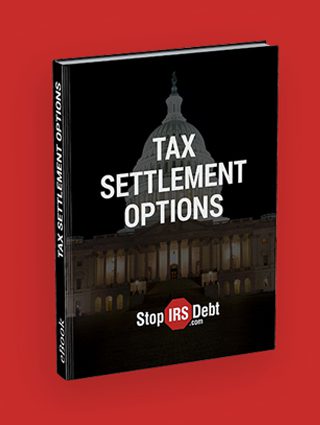- browse by category
- Audit Assistance
- Business and Taxes
- Celebrities in Tax Debt
- Cryptocurrency Taxes
- Economic News
- Foreign Banking
- Innocent Spouse
- IRS debt settlement
- IRS Headlines
- IRS Wage Garnishment
- Marriage & Divorce
- Payroll Tax
- Retirement
- Revenue Officers
- State Tax Headlines
- Stop IRS Debt
- Success Stories
- Tax and Politics
- Tax Attorney
- Tax Codes
- Tax Debt Help
- Tax Evasion
- Tax Levy
- Tax Lien
- Tax Payment Plans
- Tax Return Filing
- Tax Tips

Congress uses the tax code to help a bunch of burgeoning industries, and one that’s been on the government’s favorites list is alternative energy. And politicians continue discussing the wind energy tax credit.
Debate Whirls Regarding Industry Incentive
Wind energy companies have received a lot of government support through tax incentives over the last two decades. But it’s been the topic of debate as a major incentive expires at the end of the year.
The wind production tax credit cuts the cost of producing wind energy by 33 percent, was implemented in 1992, and is set to expire on December 31 after a 20-year run. Some policyholders now think the industry is mature enough to ride without its financial training wheels.
Which benefits come from the wind energy tax credit?
But just like any other industry, the wind energy industry grew accustomed to its financial advantage. With expiration looming, some wind turbine manufacturers have laid off hundreds of workers and shut down plants. The industry claims as many as 37,000 jobs are on the chopping block.
How much is it worth?
Estimates for the credit’s value run from $3.3 to $11 billion each year. Even with all that support from Uncle Sam, wind energy makes up just three percent of the country’s energy portfolio. That serves as ammunition to nearly 50 members of Congress who oppose extending the incentive.
Wind Energy Tax Credits: A Lesson
The tax code is full of incentives meant to encourage industries embraced by politicians. Meanwhile, the IRS is full of aggressive tax agents who know the agency’s collection process like the back of their hands.
Just like a windstorm, a bank levy or wage garnishment can cause you a whirlwind of financial trouble if you don’t settle a messy tax situation. But working with a tax professional can help die down the financial winds and clear up your own tax storm.
Leave Comments

Top Tax
secrets revealed
Sign up for our newsletter and be the first to find out when exciting IRS news happens. Yes, exciting. We're really into taxes.


